Why/What Dividends I Am Choosing
As you can tell by the title and the heading of this post, this post is going to be all about dividend stocks/ETFs. To get started, lets talk about some terminology…
What is a dividend?
A dividend is a portion of company’s profits that is distributed to shareholders. This is usually in the form of cash or additional shares. The company gives these dividends to its shareholders simply becasue they invest in them.
What is a dividend stock?
A dividend stock is a share of a single company that regularly pays dividends to shareholders. These are usually issued by established, financially stable companies and are popular for investors wanting a steady income.
What is a dividend ETF?
A dividend ETF is an exchange-traded fund that is a collection of dividend stocks. These provide investors wiht more diversified portfolios allowing for more regular income through dividends, with the possibility of potential capital growth (capital growth is usually less than non-dividend stocks/ETFs).
Why Dividends?
Dividends are primarily used by investors in order to get reliable/sustainable income. Dividend stocks usually do not see as much growth as regualar stock, but instead have cash (or stock) distributed on a constant basis to shareholders accounts.
For example: Coca-Cola (KO) is one of the most widely invested dividend stocks. They issue dividends quarterly (4x/year). Coca-Cola is highly favored as they have a history of dividend yield growth
What are the downsides to dividends?
There are two major downsides to dividend stocks.
- Avg. lower capital growth: the average capital growth (amount stock grows) for dividend stocks is generally lower than that of non-dividend stocks. Usually, the higher of a dividend yield a company has, the lower capital growth there is. However, this may not always be the case. Some companies instead have higher dividends and higher risk (volitility).
- Companies are not required to issue dividends: generally, a company is not required to issue a dividend. They also choose how much they want to issue. This can be dangerous for investors as a company can lower a dividend yield without much notice, or can forego the dividend alltogether. However, companies that have an established history of issuing dividends don’t usually forego or lower dividend yield, as investors invest becasue of the dividends.
Why am I investing in dividends?
The reason that I am choosing to invest in dividends is becasue of the passive income they provide. I am currently on my “road to financial freedom” by following Dave Ramsey’s Baby Steps (with alterations).
Step 1 of Dave Ramsey’s “Baby Steps” is to save a $1000 emergency fund. I wanted this “Emergency Fund” to generate me income while it sits. Becasuse I would rather use the income in other areas of my life instead of reinvesting back in the stock market, I choose dividend stocks for this. You can see what stocks/ETFs I chose later in the article.
What my goals are with dividends?
Dividends are a great way to earn reliable passive income. This is something that I value greatly. I want to be able to enjoy my life in the moment instead of waiting until I am older to do so. Becasue of that, I choose dividends for a large potion of my investments over capital growth.
Some of my goals in dividens include (amounts needed is based on 5% avg. yield):
- $100/year – With a 5% avg yield, I would need $2000. This is easily attainable
- $500/year – I would need $10,000 to achieve this
- $1000/year – I would need $20,000 to achieve this
- $5000/year – I would need $100,000 to achieve this
- $12000/year ($1000/mo) – I would need $240,000 to achieve this
- $24000/year ($2000/mo) – I would need $480,000 to achieve this
- $36,000/year ($3000/mo) – I would need $720,000 to achieve this
- $48,000/year ($4000/mo) – I would need $960,000 to achieve this
- $60,000/year ($5000/mo) – I would need $1.2 million to achieve this
Although some of these goals may see outlandish at first sight, it gets easier the further you go. Like millionairs say, “The first million you make is the hardest”.
One of the best strategies that people use is to use capital growth (such as the S&P 500) to grow their money and then switch it to dividends. The reason I have not chosen this exact path is because I would rather have the small amount of passive income right now.
Everyone’s path is different and everyone has different needs. It is ok to not choose what “everyone is recommending”. There is a unique path for everyone.
The Path I Have Chosen
As I just stated, everyone has their own path for their own needs. Here are my needs:
- $1000 easily accessible “emergency fund”
- Small amounts of passive income
- Possible capital growth
- Experience in the stock market
What are my holdings? ($1000 fund)
Here is a list of my current holdings and why I have chosen them.
Note: You can click the tickers (ex. WMT) to learn more about them.
RPG: $404 (40.4%)
This is the majority of my holdings. The RPG fund is an ETF made up of high-growth companies that are a part of the S&P 500 (such as NVDA). I chose to put a large portion into this stock to help grow my portfolio before I move it into dividend stocks/ETFs.
- Dividend Yield: 0.68%
- Yearly Growth: 31.28%
- 52-week High: $44.29
- 52-week Low: $31.43
Update 1/10
I wanted to update this. I have now changed the $404 that I had in RPG to VOO. I did this because they have similar volitility and both follow the S&P 500. However, VOO has a higher dividend yield of 1.28%.
You can learn more about VOO here
MAIN: $290 (29.0%)
MAIN is one of the most popular dividend ETFs out there. MAIN is mostly built up of lower-middle market companies with revenues of $10-150 million. These companies are mostly services based. MAIN has relatively competitive capital growth, however is technically a “high volitility” ETF. MAIN has grown 31% in the last year, and $33% in the last 5 years due to a major drop in 2020.
- Dividend Yield: 5.1%
- Yearly Growth: 32.89%
- 52-week High: $60.19
- 52-week Low: $42.68
WMT: $198 (19.8%)
Walmart, one of (if not the) largest retailer in the world, also happens to pay a dividend of 0.9%. Although this yield isn’t large, the reason I have chosen WMT is becasue of thier low volitility (due to supply/demand) and their historical growth. This stock is simply to help grow my portfilio while getting small amount of income back through dividends.
- Dividend Yield: 0.9%
- Yearly Growth: 70.76%
- 52-week High: $92.25
- 52-week Low: $52.58
IAU: $72 (0.72%)
IAU is an stock completely backed up and based on the price of gold. I chose this because of golds reliability and growth. Gold is one of the most valuable resources and having investments backed up by gold is something necessary to me. Although, I have chosen to only put a little bit of money into this, as I find more value in the investments named previously. IAU does not distribute dividends.
- Dividend Yield: N/A
- Yearly Growth: 31.31%
- 52-week High: $52.69
- 52-week Low: $36.53
JEPI: $35 (0.35%)
JEPI is also one of the most popular dividend ETFs out there. With a dividend yield of 8.18% and growth of 4.99% in the last year, and having a low volitility; it is no wonder why JEPI is so popular. I choose to start investing in JEPI becasue of their historically low volitility and high dividend yield. I plan to invest primarily in JEPI, JEPQ, and MAIN for my next $1000.
- Dividend Yield: 8.18%
- Yearly Growth: 4.99%
- 52-week High: $60.99
- 52-week Low: $54.72
My Future Path
For my next $1000, I plan to mostly invest in the following (subject to change):
- JEPI – 40%
- MAIN – 40%
- VOO – 20%
I am choosing these investments becasue of their historic growth and reliability and high dividend yields. Although MAIN and VOO are more risky, they have greater potential for capital growth. JEPI will remain my main investment for high dividend return with low risk.
Disclaimers
The information in this article as well as all of LearnBiz is not professional advice. The information may be inaccurate as well (I strive for accuracy, but I cannot guarrantee). All of LearnBiz is based on my opinions and knowledge. You take full responsibility for your actions and choices. You can read more on my privacy policy.
Sources
The data in this article was gathered from Google Finance, ChatGPT (summaries only) and my personal experience and portfolio.






